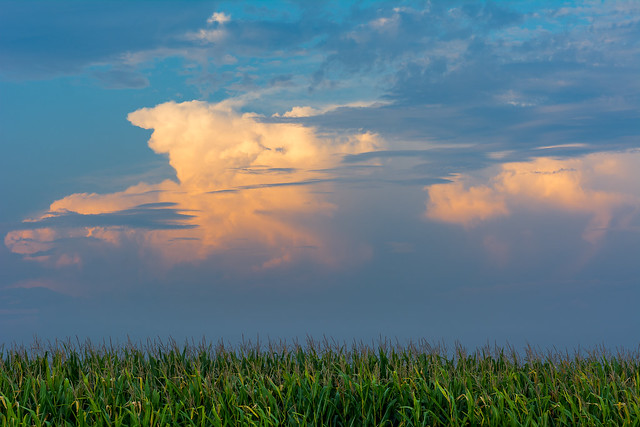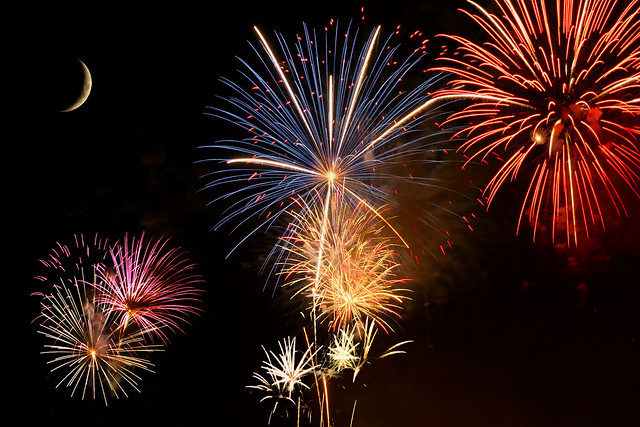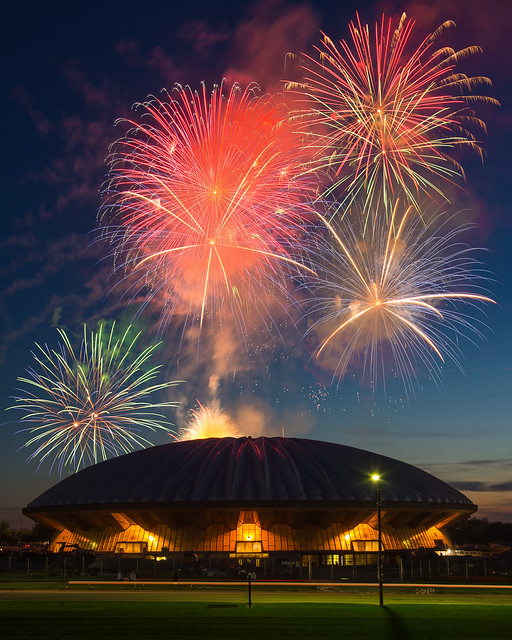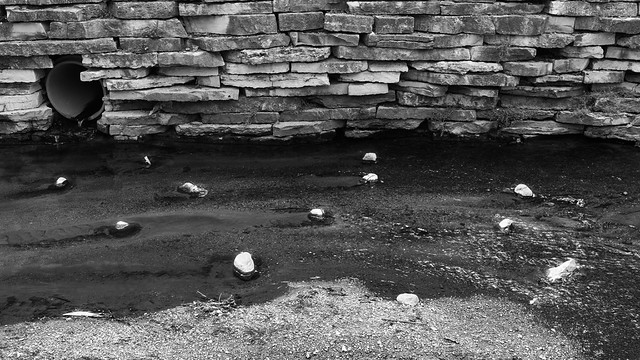It’s been a little while since I wrote about portraits, and wouldn’t you know, I have a couple recent ones.

I make at least one portrait of my children every year, as close to their birthdays as possible. “As close as possible” was almost three weeks afterward this year for my older son, pictured above, because of paternal inertia. The delay had its benefits, though; I was able to mentally discard several unnecessarily complex ideas in favor of something simple and attractive. A secondary goal was to create something that would look good both in monochrome and color.
We have here a variation on my favorite two-light setup, with a large soft key (the 60″ Photek Softlighter) balanced by a harder separation light, with a pure black background. The separation light is warmed both with a 1/4 CTS gel and by setting flash white balance rather than daylight. The key light’s color is unmodified.
Normally, I use a bare speedlight for separation, but this time I wanted a slightly softer edge to the separation transfer, so I strapped a LumiQuest SoftBox III to the front of my strobe. I’m extremely pleased with the result; so pleased, in fact, that I’m inclined to use the SoftBox in preference to a bare strobe from here on out, unless I absolutely need the harder edge.

My younger son wanted in on the action too, of course. I made things easier for both of them by using gaffer’s tape to mark where they should stand on the floor, something which I’ve never done before but should have been doing all along.
The background is a piece of black velvet curtain which I bought from a local hobby store, attached to and draped over a tall bookshelf. Since it’s supposed to be pure, textureless black, I was able to push the contrast a little harder in these images than I would have otherwise, resulting in a palette of tones I really like. I haven’t shared the monochrome versions in deference to my mother, who prefers color portraits of her grandsons, but the B&W conversion is every bit as pretty as the originals.












